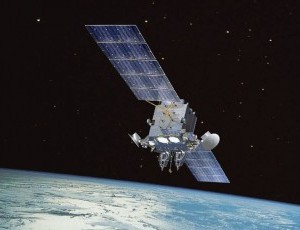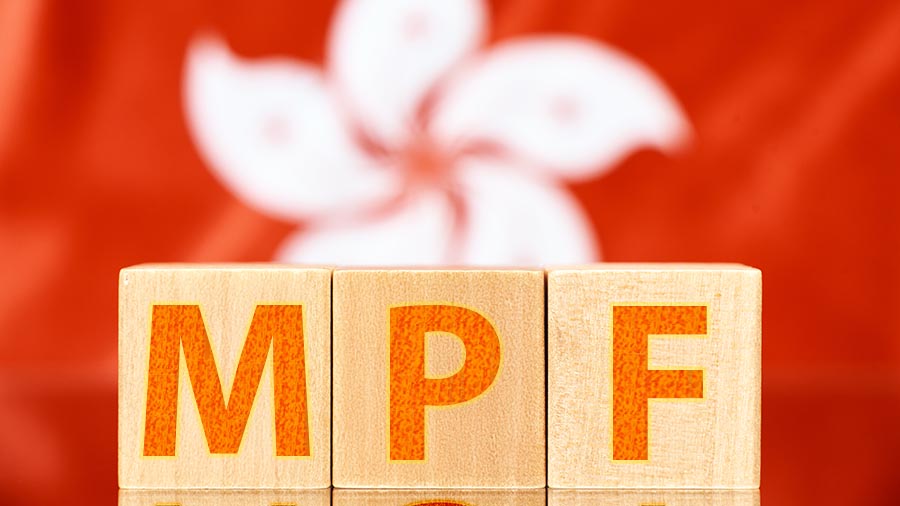Investing In Low Earth Orbit Micro-Satellite Telemetry in China
 By Roy K. McCall
By Roy K. McCall
China’s LEO (low earth orbit) micro-satellite telemetry market (remote sensing and monitoring with satellites less than 500 kg) could be entering a new phase. With around 100 micro-satellites launched in 2014 with prospects of 150 more in 2015, the micro-satellite market is booming. The telemetry market it serves is growing from around US$ 100 billion in 2014 to over US$ 240 billion by 2020. Over 90 percent is commercial; or in other words, less than 10 percent is aerospace defense dependent.
![]() RELATED: Investing in China’s Aerospace and Aviation Industry
RELATED: Investing in China’s Aerospace and Aviation Industry
LEO refers to satellites 200 km to 1,200 km in above the earth (the International Space Station rises 340 km and the Hubble Telescope 595 km). LEO satellites rotate the earth every 1½ to two or three hours. In contrast, GEO (geosynchronous earth orbit) satellites rise to fixed locations 35,786 km high, to exchange signals with stationary directional antennas. Each GEO can cover 42 percent of the earth’s surface, but the signal’s round trip take about half a second.
LEOs avoid the distracting GEO echo effect but require a swarm of satellites to hand off signals to the next orbiting satellite communicating with a stationary earth receiver. Motorola’s Iridium used 66 satellites and Loral’s Globalstar 40 for seamless communication. DARPA (the U.S. Defense Advanced Research Projects Agency) aimed to launch a network of 24 satellites.
Historically, government launched large satellites of less than 500 kg cost around US$ 150 million to build, and another US$ 150 million to launch, excluding insurance. In the past decades, China managed to drop the costs by more than a half. Following that, privatization led by Elon Musk’s SpaceX undercut China by 15 percent or more with its published price of US$ 60-$85 million.
Up to this point, satellite launches still depended on vertical rocket launches. Then along came Swiss Space Systems (S3) with the ability to launch satellites off the back of of an Airbus A330 airplane. Aggregating technology from Europe and Russia (but not the U.S.), the S3 multinational effort is bringing down the micro-satellite launch price tag to around US$ 10 million with prospects of lowering it closer to marginal costs of US$ 1 million, depending on response to competition. The U.S. DARPA is encouraging additional companies (Boeing in conjunction with Amazon’s Jeff Bezos’ Blue Origin, Virgin Galactic cooperating with Northrup Gruman, and Masten Space System matched with XCOR Aerospace) to build a space plane which can fly Mach10 into lower earth orbit, but it has not yet publicized success.
Where does this leave China and interested investors? China learned from the bankruptcies two decades earlier of Motorola’s Iridium and Loral’s Globalstar, which since reorganized and are beginning to turn a quarterly profit.
China already has experience launching some Iridium satellites with its Long March rockets. China has a growing drone industry and the government is eager to grow its sophistication in space.
Satellite launch investors will need to begin discussions with the Civil Aviation Administration of China, which dictates that foreign investors cannot produce aerospace vehicles in China except through co-ventures with AVIC (Aviation Industry Corporation of China which owns XAC/Xi’an Aircraft Corporation) and COMAC (Commercial Aircraft Corporation of China). One likely starting point will be AVIC Sichuan Chengfa Aero Science & Technology Co. The US restricts strategic American aerospace firms from investing advanced space technology in China. Therefore any foreign investors filling technology gaps in China will likely come from Europe and possibly Japan for M2M (machine to machine controlled) space robotics.
![]() RELATED: China Announces Three New Free Trade Zones in Tianjin, Guangdong and Fujian
RELATED: China Announces Three New Free Trade Zones in Tianjin, Guangdong and Fujian
In addition to upstream investors in launch systems and satellite technology, there will be the downstream investors in communication systems. These could easily include anyone with a budget of several million US dollars, compared to billions it would have taken in decades past. Potential buyers of China’s emerging drone launch satellite systems could include leasing companies needing to track mobile equipment, regional air traffic control associations, soil condition and crop yield tracking firms, remote diagnostic healthcare, driverless/pilotless vehicle controllers, and tourism service analytics and monitoring.
As launch costs fall, more micro-satellites will rise to pair growing space telemetry sophistication in China with commercial growth opportunities.
Roy K. McCall CFA/CPA once worked as an interim manager in Magellan Aerospace (MAL.TO) a supplier to Airbus, Boeing, Pratt & Whitney Canada and others. He has provided strategic M&A advice to two other aerospace component and service firms.
|
Asia Briefing Ltd. is a subsidiary of Dezan Shira & Associates. Dezan Shira is a specialist foreign direct investment practice, providing corporate establishment, business advisory, tax advisory and compliance, accounting, payroll, due diligence and financial review services to multinationals investing in China, Hong Kong, India, Vietnam, Singapore and the rest of ASEAN. For further information, please email china@dezshira.com or visit www.dezshira.com. Stay up to date with the latest business and investment trends in Asia by subscribing to our complimentary update service featuring news, commentary and regulatory insight. |
![]()
 Employing Foreign Nationals in China
Employing Foreign Nationals in China
In this issue of China Briefing, we have set out to produce a guide to employing foreign nationals in China, from the initial step of applying for work visas, to more advanced subjects such as determining IIT liability and optimizing employee income packages for tax efficiency. Lastly, recognizing that few foreigners immigrate to China on a permanent basis, we provide an overview of methods for remitting RMB abroad.
 China Investment Roadmap: The Medical Device Industry
China Investment Roadmap: The Medical Device Industry
In this issue of China Briefing, we present a roadmap for investing in China’s medical device industry, from initial market research, to establishing a manufacturing or trading company in China, to obtaining the licenses needed to make or distribute your products. With our specialized knowledge and experience in the medical industry, Dezan Shira & Associates can help you to newly establish or grow your operations in China and beyond.
 Revisiting the Shanghai Free Trade Zone: A Year of Reforms
Revisiting the Shanghai Free Trade Zone: A Year of Reforms
In this issue of China Briefing, we revisit the Shanghai FTZ and its preferential environment for foreign investment. In the first three articles, we highlight the many changes that have been introduced in the Zone’s first year of operations, including the 2014 Revised Negative List, as well as new measures relating to alternative dispute resolution, cash pooling, and logistics. Lastly, we include a case study of a foreign company successfully utilizing the Shanghai FTZ to access the Outbound Tourism Industry.
- Previous Article China Outbound: New Investment Trends in Asia, Moving Your Business from China to Vietnam
- Next Article Présentation des Nouvelles Zones de Libre-Échange,Partie 1: Guangdong




























